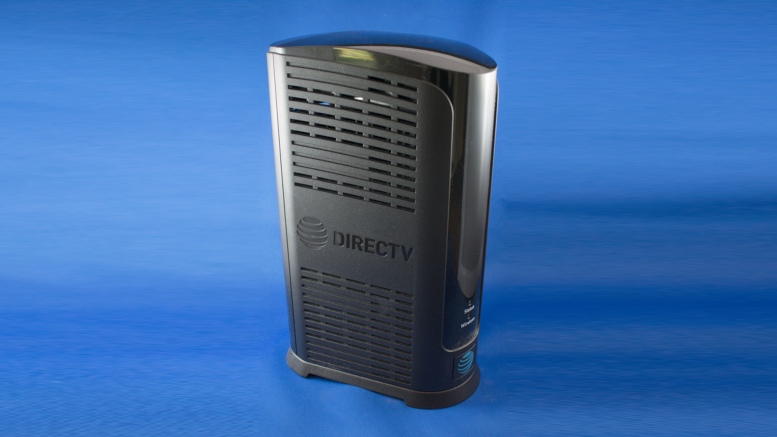You know the story. Get that brand new receiver or DVR out of the box, it boots up, and just as you are sitting down to use it… it tells you there’s a software update. Couldn’t they update them in the factory? Isn’t that annoying?
Annoying but understandable
Annoying it may be, but when you understand how DIRECTV distributes its products, it might make sense. AT&T puts out manufacturing orders to its partners like Pace, Samsung, and Technicolor a long time in advance. Many receivers and DVRs are manufactured overseas and come to the US on ships that take weeks to get here. Then, they are distributed to warehouses where they are either sent to dealers (like Solid Signal) or loaded on installer trucks. The process from manufacturing to installation can take months. There’s no real difference between a brand-new receiver and one of the same model from a year ago, other than the software that’s on it, so there’s no reason to put older inventory or newer inventory on trucks first.
The process is the same with refurbs
A lot of AT&T gear is refurbished these days. Any pre-Genie hardware is going to be refurbished since they stopped making it years ago. Because of the extreme reliability of the Genie clients, they’re often a little older as well. Personally that doesn’t bother me considering I’m still using the C31 client I reviewed in 2012. It still works great too.
How often are updates?
AT&T tends to update its receiver and DVRsoftware in general about four times a year, sometimes more. Clients tend to get updated about once a year. Software updates include new features, stability improvements, and hidden features that technicians use during installation. It’s important to use the latest version of the software because in general, it will work the best. It’s not to say there aren’t bobbles along the way, issues that are caught and fixed, but if you look at things over the long term, you’re much better off with the newest version.
Some installers will force the receiver or DVR to do an update before they leave, to make sure it goes well. This step is good for most models, but as we told you way back when, it’s much better to wait for the receiver to do it for itself. This may interfere a little bit with your setting up your new toy, but by letting the receiver update itself, you’re making sure that an update is ready for it. In the past, people believed that redownloading the same version of the software from the satellite could help common problems. Actually it’s never been true; the benefit comes from rebooting the receiver or DVR and clearing its temporary data, which can be done easily by rebooting twice in the space of 30 minutes.

So yes, it’s frustrating, no it’s not terribly entertaining to watch. That is, unless you really enjoy looking at pixelated text on a vaguely purple background. Still, you should let that software download. Plan on doing something else for a little while. Just be glad your receiver is smart enough to know what it needs.




